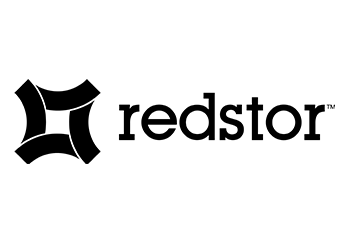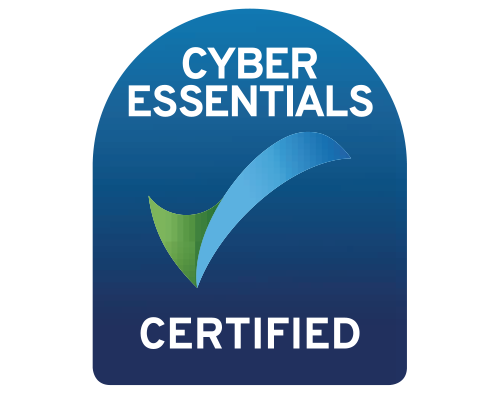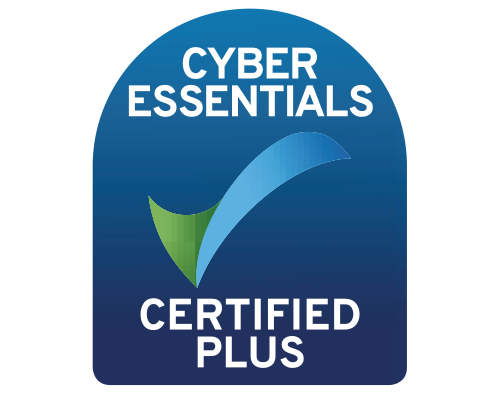Many organisations have found managing and protecting their data in on-prem environments to be even more unreliable and unwieldy during the pandemic – especially when supply chains are delayed.
As businesses look to ditch traditional tech for the far more stable, scalable and portable environment that the cloud provides, there has been a growing adoption of cloud-native development practices, particularly Kubernetes.
Yet despite bringing welcome benefits over on-prem systems, moving to the cloud typically comes with plenty of challenges.
Although Kubernetes has powerful application deployment capabilities, there are obstacles to be overcome.
Users cite a lack of in-house expertise around how best to protect their Kubernetes infrastructure and recover it in the event of accidental deletion, malicious activity or corruption.
Forward-looking MSPs are now offering this service and as the move to the cloud accelerates the protection of Kubernetes environments, it will likely be a growth market for many years to come.
However, for MSPs to recover a client’s data smoothly and satisfactorily after an accident, system failure or even a deliberate attack, they will need to have deployed a Kubernetes-native backup that fully protects applications.
Traditional systems will not suffice because they are unable to target “an application” or “a namespace” in Kubernetes.
This means they have no way of knowing that a VM or disk contains everything an app needs when it is moved from one site to another.
For any DR solution to work, it must not only capture and move application metadata that the orchestration system can understand, but also link it to whatever persistent state the application is using.
It is also vital that the DR system recovers all of this information as a cohesive unit. Any system that protects only at the VM and Disk level and does not include the finer details of what makes up an application on Kubernetes will inevitably fall short.
Cloud-native backup solutions, though, have no problem adapting to the dynamic nature of Kubernetes.
They recognise updates between backup events and grasp all application context, whereas legacy backup solutions struggle to take on board changes.
The testing of Kubernetes-native backup platforms is also typically easy to perform. This gives the customer peace of mind and helps with demonstrating compliance, while the ability to deliver multi-cluster scalability provides MSPs with efficient, cost-effective, rapid deployment.
The added benefit of improved security makes Kubernetes-native backup solutions essential for Kubernetes application development.
Only with a purpose-built native backup strategy, will MSPs feel totally confident they can capitalise fully on customer demand for Kubernetes protection.
Here are seven key Kubernetes backup requirements MSPs should insist upon:
- Protect an application with all relevant Kubernetes configurations. Trying to use traditional backup methods to back up Kubernetes puts you and your customers at risk of data loss or corruption, because legacy solutions are incapable of grasping everything that makes up an application. Capturing both stateful and stateless components is a necessary step to ensuring a reliable backup.
- Scale customer protection quickly and easily. A Kubernetes-native backup solution will automatically discover all the components running on the cluster, and treat the application as a unified, constant. How you capture the application’s data, and where you store it should be down to you, but for an MSP to reduce overheads and maximise revenue, it’s important that the backup solution scales up automatically as an application changes, but also drops down to zero when not in use.
- Carry out testing simply to demonstrate recoverability at no extra cost. Ensure you are able to verify cluster dependencies, generate new Kubernetes views of restored data, and establish the compute infrastructure and Kubernetes cluster where recovery will take place. Then confirm the backup data sources (snapshots) and set up the backup storage. All of this should be easy to test without any additional charge for recoveries.
- Simplify operations. Your hard-pressed IT team should be spared the extra strain of a backup platform that requires complex scripting. A smart, cloud-native backup solution should streamline workflows, while still being easy to monitor and remaining compliant. It should not be incumbent on developers to make code, packaging, toolchain, or deployment changes, while operators should be able to eliminate the hassle of manual updates by setting intelligent policies that are automated and adept at detecting new applications on their own.
- Keep security tight in a multi-tenant environment.A smart Kubernetes-native backup solution will embed itself into the control plane. In order to give developers the permissions they need, while at the same time keeping customer applications secure, the backup system you choose must include identity and access management controls and role-based access control. A genuine Kubernetes-native solution should integrate with the cloud provider’s authentication solution without requiring group management, new APIs or additional verification.
- Support customers’ needs now and in the future by enabling portability.Data is constantly on the move and the Kubernetes environment is evolving. Your customers will want data portability, so whatever backup solution you choose must have the capability to transform and update characteristics and descriptors. As an MSP, it will be vital to migrate applications across clusters and have a migration plan in place to ensure you can transform all dependencies to equivalent resources.
- Reduce risk by avoiding complexity. Simplicity is absolutely key in minimising risk. Knowing how to back up client data should not be the sole preserve of highly qualified personnel. It should be a simple click of a button without needing to work through numerous scripts and having to make tens of choices along the way, each choice increasing the risk factor. MSPs need management tools that scale with their client base – tools that allow them to manage the data and products of their customers easily. Simplicity is paramount for MSPs as they will typically manage numerous clients.
The next step – ask about the all the benefits of Redstor’s cloud-native data management and protection, purpose built for MSPs. Back up Azure Kubernetes Service (AKS) and Amazon Elastic Kubernetes Service (EKS) with powerful simplicity. Minimal training is needed, deployment and ongoing management is simple and it’s easy to add customers to your portfolio. The service also provides an informative view of your customers’ data estates, highlighting additional revenue opportunities. A purely channel-focused vendor, Redstor provides leads and assists in qualifying opportunities, helping MSPs get up and running fast.





